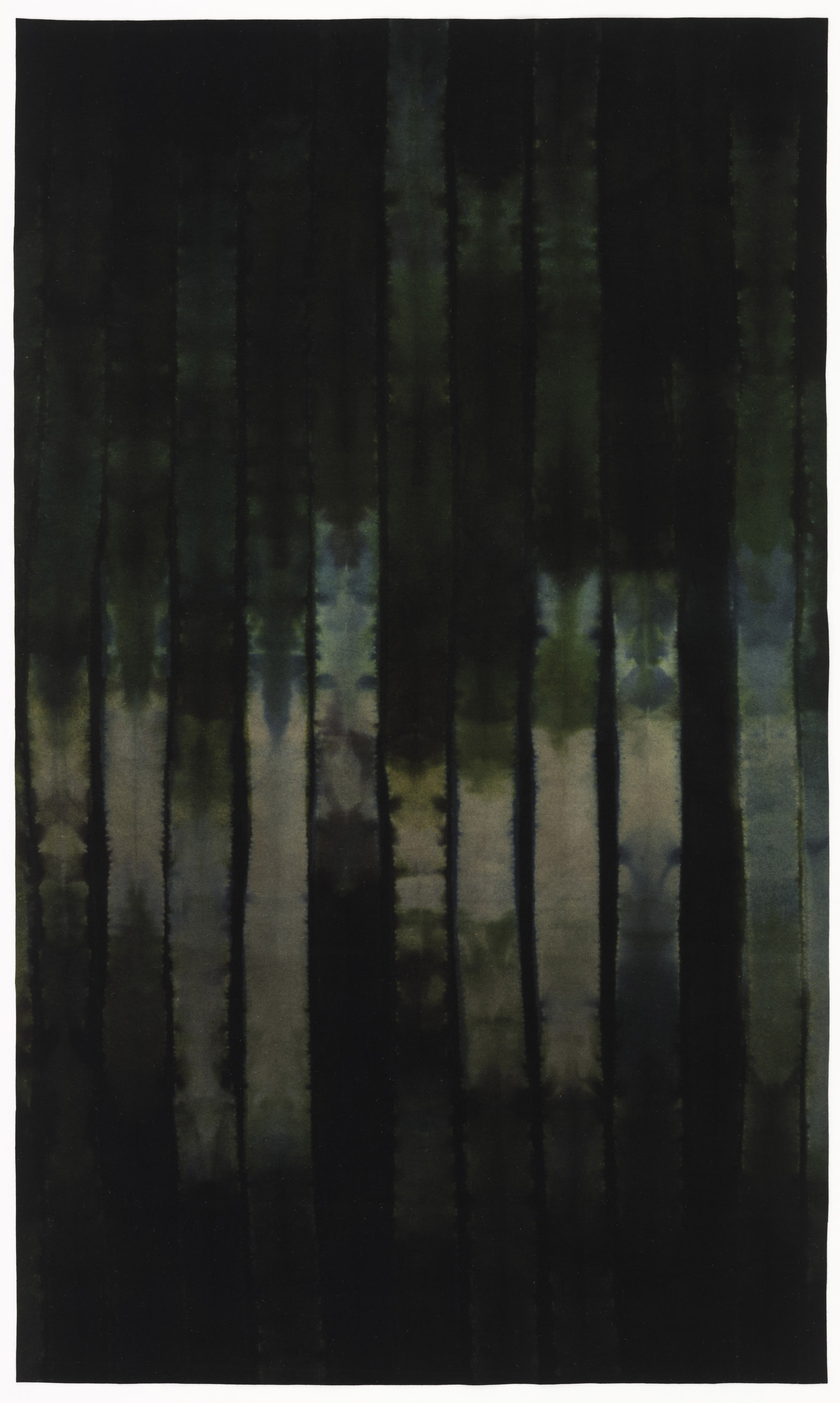Author: Yoshiko Wada September is New York Textile Month! In celebration, members of the Textile Society of America will author Object of the Day for the month. A non-profit professional organization of scholars, educators, and artists in the field of textiles, TSA provides an international forum for the exchange and dissemination of information about textiles...
The diversity of styles that characterizes Larsen’s range is the result of his insatiable intellectual curiosity about the world’s textile traditions. He wrote extensively about resist-dye techniques in The Dyer’s Art: Ikat, Batik, Plangi, including fold-dying, in which pleating or folding are combined with resists like clamping or binding to create complex geometric patterns with...
The word katagami, the Japanese term for the paper stencil used to print patterns on fabric, translates literally as “pattern paper.” Featuring designs and motifs drawn from nature, traditional folklore, and literature, katagami are crafted as tools to be used in the resist-dyeing process that is used to produce printed textiles in Japan. The patterns...
The brightly saturated colors of this August calendar page seem like a perfect salute to summer. To create the designs for this 1969 calendar, Takeshi Nishijima applied a paper-dyeing technique based on the traditional resist-dyeing process of katazome. Katazome relies on the use of katagami (stencils) to create hand-patterned textiles, most of which were used...
In celebration of Women’s History Month, Cooper Hewitt is dedicating select Object of the Day entries to the work of women designers in our collection. In Fluid Green, the Danish textile designer Inge Lindqvist explores her interest in traditional stitched-resist dyeing techniques through the industrial felt medium. Primarily used in Africa, Indonesia, Japan, South America,...
The wild and syncopated play of color and pattern in this tie-dyed textile from ancient Peru seems to counter the meticulous and steadied hand of the Andean weaver. The fabric was in fact specially woven in discreet, stepped-shaped units that were cut apart and re-assembled after being tie-dyed, mixing up the variously dyed sections. Several...





